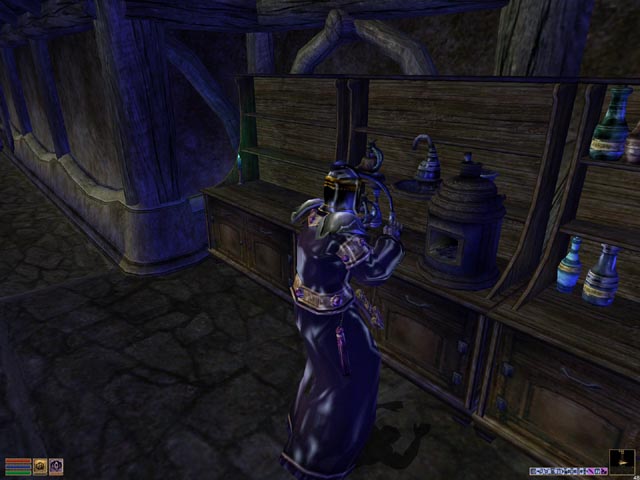Around 1980 we started seeing some interesting innovations, beginning with “vector graphics.” This is a little different than the way we use the term today. In 2023, programs like Adobe Illustrator use “vector graphics” to draw scalable images that are defined by mathematical formulae in the rendering software. By contrast, “raster” graphic programs like Adobe Photoshop instead program an array of pixels with color and (in some cases) transparency information.
So a raw vector formula to create an “S” might (in the simplest implementation) describe mathematically a pair of sine waves, oriented vertically, calculated such that they intersect at each end of the “S.” A rastor formula for the same “S” on the other hand would basically be a small relational database or spreadsheet – a two-dimensional array – with each intersecting coordinate being described in terms of the levels of red, blue, green, and “alpha” (transparency) that each pixel will be programmed with.
The end result of this was no more blocky edges on diagonal lines traveling across horizontal CRT scanlines…but alas, still, no more curves at all.

Vector monitors (a whole different setup than your traditional CRT monitors and TVs, or modern LED displays) couldn’t draw circles either, but only straight lines between a series of points (think about the levels in the video game “Tempest,” which was one of the earliest memories I have of color vector graphics).

What made vector monitors sort of cool and different was that the lines were sharp. Where a CRT or television simply draws a series of horizontal lines that quickly “scans” from top to bottom, a vector monitor draws the lines directly from point A to point B. An old-school CRT draws a diagonal line as a series of horizontal lines with different characteristics at different points across the inside of the tube to create the illusion of a vertical line. Consequently – although it’s impossible to really show you here because you’re all not reading this on a vector graphic monitor – the resulting drawings are remarkably sharp and crisp when compared to traditional raster graphics.
Unfortunately limitations of computing power and the overwhelming prevalence of raster graphics in consumer products like TVs and (increasingly) computers made these games pretty limited in their ability to really capitalize on the improved visuals of vector monitors. Probably the peak of the field was the 1983 Star Wars arcade shooter, in which the player sat in as Luke Skywalker on a repeating three-level infinite adventure. (World record: five days on a single credit, played back and forth between two guys in the 80’s. Total score slightly over a billion points.)

Unfortunately as you can see from the image, this really didn’t get us to the sort of photo-realistic pinnacle of graphic art that we youngsters were hoping to reach, but in 1983 plenty of us spent many many dollars in quarters hearing “Red five standing by!” and “Use the force, Luke,” and my favorite line “Luke, let go!” The first was Actually Mark Hamill and the second and third Actually Alec Guiness. I don’t know if they recorded the lines specifically for the game, or if the audio was pulled from the film soundtracks – in fact I just tweeted Mark Hamill to ask, I’ll let you know if he offers a canonical answer. He might, he’s known for being pretty cool with stuff like that.













